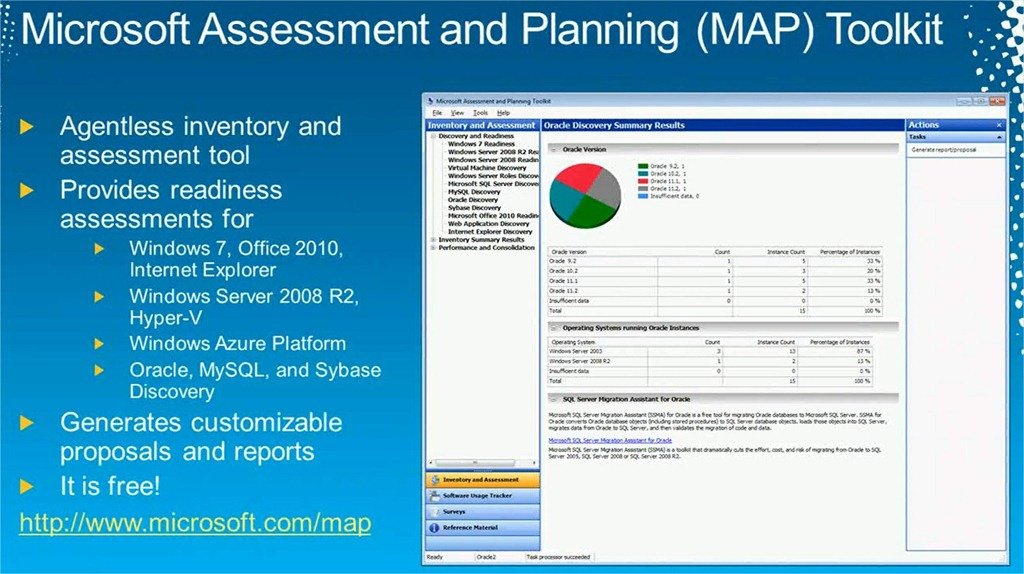If you’ve come across the term MAP 2.0 Post Assessment Answers, chances are you’re either preparing for the MAP assessment or trying to make sense of your results. MAP 2.0—short for Managerial Assessment of Proficiency—is a tool designed to measure a person’s managerial and leadership capabilities. Companies use it to assess how well employees understand essential management skills such as decision-making, communication, and problem-solving.
The post assessment is the second part of the MAP process. It’s taken after training or development programs to determine whether participants improved and to what extent. While many people go online searching for “MAP 2.0 post assessment answers,” it’s important to understand that the purpose of the assessment isn’t to memorize correct answers. Instead, it’s to evaluate how you think, reason, and apply judgment in real-world management situations.
Let’s break down what MAP 2.0 really measures, what the “answers” mean, and how you can make the most of your results.
What Is MAP 2.0?
MAP 2.0 is a structured, scenario-based evaluation used by organizations to measure the effectiveness of their leadership development efforts. Participants face a variety of realistic workplace scenarios and must choose how they would respond. The assessment then measures decision-making styles, problem-solving logic, and the ability to handle leadership challenges.
Unlike a typical multiple-choice test, MAP 2.0 doesn’t have purely right or wrong answers. Instead, responses are analyzed to show how your decisions align with established leadership models and best practices. It’s less about getting everything “correct” and more about demonstrating sound reasoning and professional judgment.
MAP 2.0 also includes a pre-assessment and a post-assessment:
- The pre-assessment sets a baseline before training.
- The post-assessment is taken afterward to measure growth and improvement.
This before-and-after comparison helps individuals and organizations see tangible development in leadership capabilities.
Why People Search for MAP 2.0 Post Assessment Answers
Many people look online for the “answers” to the MAP 2.0 post assessment because they want to perform well. That’s understandable. However, the test is designed to measure authentic thinking, not memorization. The value lies in honest self-reflection.
Still, reviewing sample questions can be useful. They help you understand the style and logic behind the assessment. Here are a few examples drawn from publicly available question formats:
Example 1:
Question: Which of the following is NOT a valid reason to recommend repair or replacement?
Answer: “Part is missing.”
Explanation: Other options—like the part being worn out, at the end of its life, or affecting performance—are valid reasons. A missing part isn’t a repair issue; it’s a replacement necessity.
Example 2:
Question: Technician A says an inspection must be done to comply with MAP standards. Technician B says the results must be shared with the customer. Who is correct?
Answer: Both A and B.
Explanation: MAP standards emphasize transparency and process integrity. Inspection and communication are both mandatory.
These examples show how MAP questions blend technical reasoning with sound professional judgment. But remember, your organization’s MAP test will have different scenarios depending on your field or leadership level.
What the Post Assessment Results Tell You
Once you finish the post assessment, your results are analyzed and compared to your pre-assessment scores. Here’s what the results usually show:
- Competency Scores – These indicate how well you perform in different areas such as strategic thinking, planning, problem-solving, team leadership, and interpersonal communication.
- Growth Indicators – You’ll see which competencies improved since your first test. These reveal the effectiveness of your training or coaching.
- Benchmark Comparison – Your scores are compared to thousands of other managers. This shows whether you’re above, below, or at par with industry standards.
- Development Priorities – The report highlights specific areas for future focus, helping you build a targeted development plan.
The goal isn’t to get a “perfect score” but to use the feedback for real improvement. A good MAP report gives you insight into how your management style impacts results—and where it can be fine-tuned.
How to Prepare for and Succeed in the MAP 2.0 Post Assessment
If you have an upcoming MAP post assessment, here are practical steps to perform your best:
- Be Authentic: Answer questions based on how you truly operate at work. Trying to second-guess what the test wants often leads to inconsistent results.
- Review Your Pre-Assessment: Look back at your earlier feedback. Focus on the competencies where you were weakest. The post assessment is your chance to show growth.
- Apply What You Learned: If you’ve had leadership training since your pre-assessment, demonstrate how you’ve incorporated those lessons into your decision-making.
- Think Through Scenarios Carefully: Most MAP questions are situational. Take a moment to analyze each option before selecting the one that best aligns with good management practice.
- Seek Feedback: After receiving your post-assessment report, discuss it with your coach, mentor, or manager. They can help you interpret the results and develop an action plan.
Common Misconceptions About MAP 2.0 Post Assessment Answers
- “There’s an answer key online.”
False. MAP 2.0 is a proprietary tool. Complete answer keys are not released publicly. Any site claiming to have the full key should be viewed skeptically. - “I can pass by memorizing sample answers.”
Not true. Each MAP test uses different versions and situational variations. The scoring is based on behavioral patterns, not rote responses. - “A low score means I failed.”
Also false. MAP isn’t pass/fail. It’s diagnostic—designed to highlight strengths and opportunities for growth.
FAQs: MAP 2.0 Post Assessment Answers
Q1: Can I find the exact MAP 2.0 post assessment answers online?
No. The official answer key isn’t publicly available. Only sample or practice questions exist online.
Q2: What does the post assessment measure?
It measures leadership and managerial growth since your initial (pre) assessment.
Q3: How long does it take?
Most MAP assessments take 1–2 hours, depending on how many modules your organization uses.
Q4: How do I know if I improved?
Your post-assessment report compares scores across key competencies and highlights growth areas.
Q5: Who uses MAP 2.0?
Corporations, government agencies, and leadership development firms use MAP to build stronger management pipelines.
Q6: Can I retake the MAP post assessment?
Yes. Many organizations schedule retakes annually to track long-term progress.
Final Thoughts
MAP 2.0 isn’t about memorizing answers—it’s about proving growth. The post assessment gives you a mirror into how your leadership has evolved and where you still have room to grow. Use your results as a roadmap, not a grade. In the end, the “right answers” are the actions you take afterward: how you lead, how you adapt, and how you keep improving.




